Home>diy>Building & Construction>What Are MEP Works In Construction
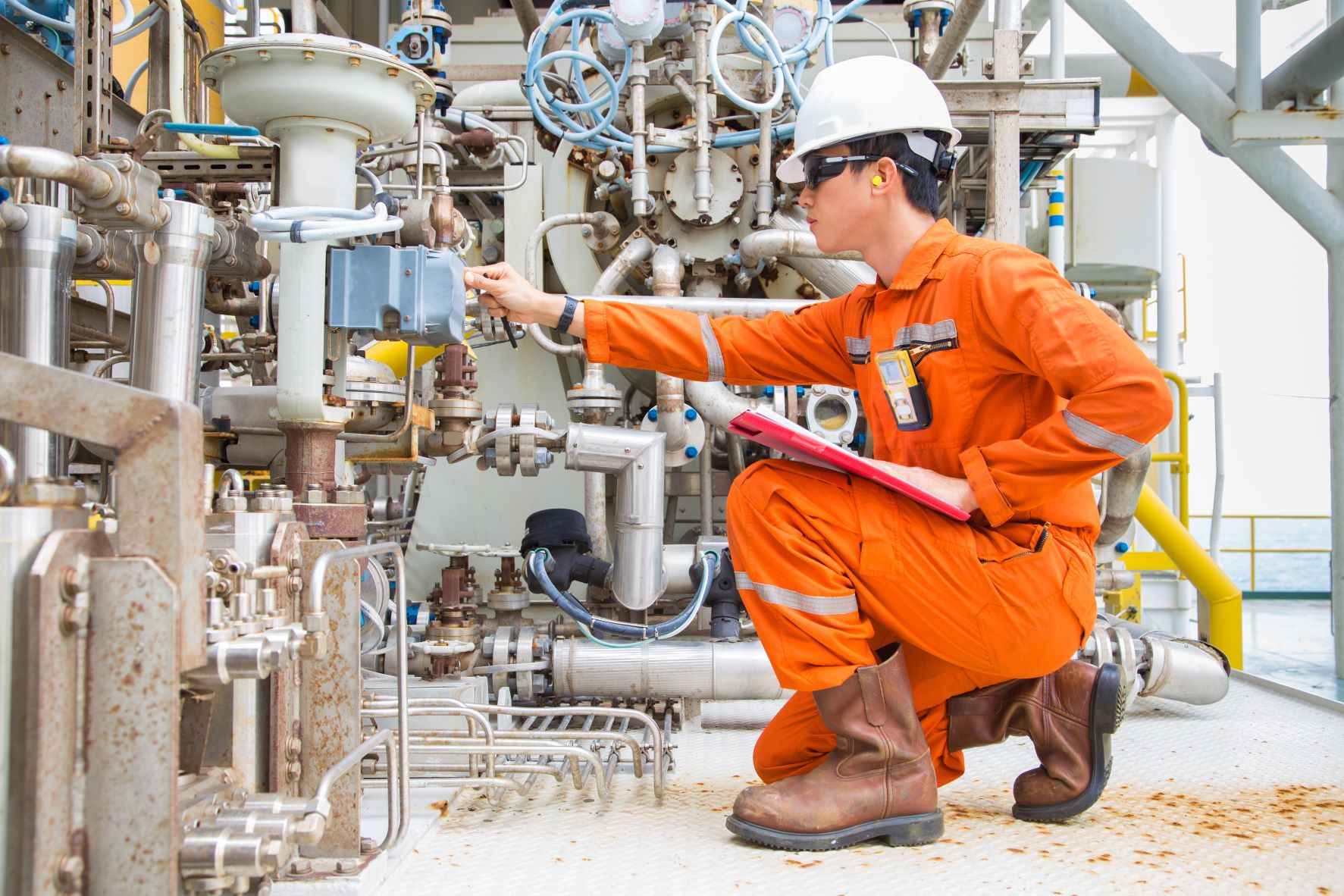

Building & Construction
What Are MEP Works In Construction
Modified: October 18, 2024
Learn about MEP works in construction and how they play a vital role in building construction projects. Discover the significance of these mechanical, electrical, and plumbing systems.
(Many of the links in this article redirect to a specific reviewed product. Your purchase of these products through affiliate links helps to generate commission for Storables.com, at no extra cost. Learn more)
Introduction
MEP (Mechanical, Electrical, and Plumbing) works are an integral part of the construction industry. In any building project, whether it’s a residential, commercial, or industrial development, MEP works play a crucial role in ensuring the functionality, efficiency, and safety of the structure.
MEP works encompass the design, installation, and maintenance of the mechanical systems, electrical systems, and plumbing systems in a building. These systems are responsible for providing heating, ventilation, and air conditioning (HVAC), electrical power supply, water supply and drainage, and fire protection, among other essential services.
Without the proper implementation of MEP works, a building would be incomplete and incapable of meeting the needs of its occupants. It is through the integration of mechanical, electrical, and plumbing systems that a building becomes a livable and fully functional space.
Throughout this article, we will explore the importance of MEP works in construction, the key components involved, the process of executing MEP works, the challenges faced, and the benefits of outsourcing such works.
Key Takeaways:
- MEP works are essential for energy efficiency, comfort, and functionality in buildings. They integrate HVAC, electrical, and plumbing systems to create safe, efficient, and habitable spaces for occupants.
- Outsourcing MEP works offers cost savings, expertise access, and streamlined project execution. Developers can benefit from specialized knowledge, high-quality workmanship, and adherence to industry standards.
Read more: What Is An MEP In Construction
Definition of MEP Works
MEP works comprise three main disciplines: mechanical, electrical, and plumbing. Each discipline plays a vital role in the overall functioning and efficiency of a building.
Mechanical: Mechanical systems refer to the infrastructure that provides heating, ventilation, and air conditioning (HVAC) within a building. This includes the installation and maintenance of heating systems, ventilation ducts, air conditioning units, and other related equipment. Mechanical works ensure that a building is equipped with proper temperature control, ventilation, and air quality, creating a comfortable living or working environment.
Electrical: Electrical systems are responsible for providing power supply, lighting, and other electrical installations within a building. This includes the design, installation, and maintenance of electrical wiring, lighting fixtures, power distribution panels, and other electrical equipment. Electrical works ensure the availability of a reliable and safe electrical supply for various appliances, equipment, and systems within the building.
Plumbing: Plumbing systems deal with the supply and distribution of water, as well as the collection and disposal of wastewater in a building. This includes the installation and maintenance of water supply pipes, drainage pipes, fixtures, and plumbing accessories. Plumbing works ensure the provision of clean water for consumption, proper sanitation, and efficient disposal of wastewater, promoting health and hygiene within the building.
MEP works are closely interconnected, as they often rely on each other for proper functionality. For example, HVAC systems may require electrical power supply, and plumbing systems may require electrical pumps for water distribution.
By integrating these three disciplines, MEP works ensure the smooth operation of a building’s essential services, creating a safe, comfortable, and functional space for occupants.
Importance of MEP Works in Construction
MEP (Mechanical, Electrical, and Plumbing) works play a crucial role in construction projects. They are essential for various reasons, including enhancing energy efficiency, ensuring comfort and safety, and facilitating proper functionality within the building.
Enhancing Energy Efficiency: MEP works contribute significantly to improving the energy efficiency of a building. Through the use of energy-efficient systems and equipment, such as high-efficiency HVAC units, LED lighting, and smart energy management systems, MEP works help reduce energy consumption and lower utility costs. By implementing measures to optimize energy usage, buildings can achieve sustainability goals and minimize their environmental impact.
Ensuring Comfort and Safety: MEP works are instrumental in creating a comfortable and safe environment for building occupants. The proper design and installation of HVAC systems ensure adequate heating, ventilation, and air conditioning, allowing occupants to maintain a comfortable temperature and breathe clean air. Additionally, electrical systems ensure the availability of reliable power supply, while proper plumbing systems ensure a continuous supply of clean water and efficient drainage. Moreover, MEP works include fire protection systems, such as sprinklers and fire alarms, which enhance the safety and security of the building and its occupants.
Facilitating Proper Functionality: MEP works are essential for the proper functionality of a building. Without well-designed and properly installed MEP systems, a building would not be able to operate effectively. Mechanical systems regulate the indoor temperature, humidity, and air quality, ensuring a comfortable and productive indoor environment. Electrical systems provide power supply for lighting, appliances, and machinery, enabling the smooth operation of various activities within the building. In addition, plumbing systems provide a reliable water supply for domestic use, as well as effective waste disposal, essential for the proper functioning of kitchens, bathrooms, and other areas within the building.
Overall, MEP works are indispensable in the construction industry. They not only contribute to energy efficiency and cost savings but also ensure the comfort, safety, and proper functionality of buildings, making them livable and functional spaces for occupants.
Key Components of MEP Works
MEP (Mechanical, Electrical, and Plumbing) works encompass various components that are crucial for the proper functioning of a building. Let’s explore some of the key components involved in MEP works:
Heating, Ventilation, and Air Conditioning (HVAC): HVAC systems are responsible for regulating the temperature, humidity, and air quality within a building. They include components such as heating systems, ventilation ducts, air conditioning units, and controls. HVAC systems ensure a comfortable indoor environment by providing efficient heating during cold seasons, proper ventilation for fresh air intake, and effective cooling during hot seasons.
Electrical Systems: Electrical systems are vital for providing power supply and electrical infrastructure within a building. They encompass components such as electrical wiring, outlets, switches, circuit breakers, distribution panels, and transformers. Electrical systems ensure the availability of electricity for lighting, appliances, equipment, and other electrical needs within the building.
Plumbing and Sanitary Systems: Plumbing and sanitary systems are responsible for the water supply, drainage, and sanitation within a building. They include components such as water supply pipes, drainage pipes, fixtures (such as sinks and toilets), pumps, and water treatment systems. Plumbing systems ensure the availability of clean water for domestic use, efficient wastewater disposal, and adequate sanitation facilities.
Fire Protection Systems: Fire protection systems are crucial for ensuring the safety of occupants and protecting the building from fire hazards. They include components such as sprinkler systems, fire alarms, fire extinguishers, and fire-resistant materials. Fire protection systems help detect and control fires, providing early warning and allowing for prompt action to mitigate the risks and damages associated with fire incidents.
Lighting and Power Distribution Systems: Lighting systems involve the installation of fixtures, bulbs, and controls to provide adequate illumination throughout the building. Power distribution systems are responsible for distributing electrical power safely and efficiently to various areas and devices within the building. These systems include components such as circuit breakers, distribution panels, and wiring. Lighting and power distribution systems ensure proper visibility and reliable power supply for lighting, equipment, and appliances.
These key components of MEP works work together to create a well-functioning and comfortable environment within a building. Their integration ensures the availability of essential services, such as heating, electricity, water supply, sanitation, fire safety, and proper lighting, making the building functional and habitable for its occupants.
MEP stands for Mechanical, Electrical, and Plumbing works in construction. These are essential systems that provide heating, cooling, power, lighting, water supply, and drainage in buildings. Understanding the importance of MEP works is crucial for successful construction projects.
MEP Works Process in Construction
The execution of MEP (Mechanical, Electrical, and Plumbing) works in construction follows a systematic process to ensure the successful implementation of these essential systems. Let’s take a closer look at the typical steps involved in the MEP works process:
Planning and Design Phase: The first step in the MEP works process is the planning and design phase. During this stage, architects, engineers, and MEP specialists collaborate to develop the design and layout of the mechanical, electrical, and plumbing systems. Considerations are made for the building’s functional requirements, energy efficiency, safety codes, and regulations. This phase involves creating detailed plans, blueprints, and specifications for the MEP systems, ensuring they integrate seamlessly with the overall building design.
Procurement and Material Selection: Once the design phase is complete, the next step is the procurement and material selection process. This involves sourcing the necessary equipment, materials, and components required for the MEP systems. The selection of high-quality materials and efficient equipment is essential to ensure the longevity and optimal performance of the MEP systems. Procurement activities also include obtaining permits and approvals from relevant authorities and ensuring compliance with industry standards and regulations.
Installation and Commissioning: The installation phase involves the actual implementation of the MEP systems. Skilled technicians and tradespeople work together to install the mechanical, electrical, and plumbing components according to the design specifications. This includes the installation of HVAC units, electrical wiring, plumbing fixtures, and other MEP equipment. Once the installation is complete, commissioning takes place. This involves thorough testing and validation of the MEP systems to ensure proper functionality, performance, and compliance. Any necessary adjustments or modifications are made during this phase.
Testing and Quality Assurance: The final step of the MEP works process is testing and quality assurance. Comprehensive testing procedures are conducted to verify the functionality, safety, and efficiency of the MEP systems. This includes tests such as pressure testing for plumbing systems, load testing for electrical systems, and performance testing for HVAC systems. Quality assurance measures are implemented to guarantee that the installed MEP systems meet the required standards, codes, and specifications. Any deficiencies or defects identified during testing are rectified before final acceptance and handover of the MEP systems.
By following this well-defined process, construction projects can ensure the successful and effective implementation of MEP systems. This systematic approach helps deliver efficient, reliable, and safe mechanical, electrical, and plumbing services, contributing to the overall functionality and performance of the building.
Read more: What Is Punch Work In Construction
Challenges in MEP Works
The execution of MEP (Mechanical, Electrical, and Plumbing) works in construction projects can present various challenges that need to be addressed and overcome. Let’s explore some of the common challenges faced during MEP works:
Coordination Issues: MEP works involve multiple disciplines and trades working together in harmony. Coordinating activities between the mechanical, electrical, and plumbing teams, as well as other stakeholders, can be challenging. Collaboration and effective communication are essential to ensure smooth coordination, avoid conflicts, and ensure the proper integration of MEP systems within the overall building design.
Budget Constraints: Cost control is a significant challenge in MEP works, as these systems often account for a significant portion of the construction budget. Balancing the scope of work, material selection, and equipment specifications while maintaining budget constraints can be difficult. Proper planning, value engineering, and cost optimization strategies are crucial to ensure that MEP works are completed within the allocated budget without compromising quality and functionality.
Technical Complexity: MEP systems are highly technical and require specialized expertise for proper design, installation, and maintenance. The technical complexity of MEP works can present challenges, especially when dealing with advanced technologies, complex building structures, or unique project requirements. Ensuring the availability of skilled professionals and staying updated with industry advancements is key to overcoming these technical challenges.
Compliance with Building Codes and Regulations: MEP works must adhere to strict building codes, regulations, and safety standards. Compliance with these requirements can be challenging, particularly when dealing with ever-evolving codes and regulations. Ensuring proper documentation, obtaining permits, and conducting regular inspections are essential to meet compliance standards. Failure to comply with building codes and regulations can lead to project delays, cost overruns, and potential legal issues.
Despite the challenges, proactive planning, effective communication, and regular coordination among all stakeholders can help mitigate these issues. Engaging experienced MEP consultants and specialists early in the project, employing efficient project management techniques, and fostering a collaborative environment are key strategies to overcome the challenges faced during MEP works.
Benefits of Outsourcing MEP Works
Outsourcing MEP (Mechanical, Electrical, and Plumbing) works in construction projects can offer numerous benefits to developers, contractors, and building owners. Let’s explore some of the key advantages of outsourcing MEP works:
Cost Savings: Outsourcing MEP works can lead to significant cost savings. By partnering with specialized MEP contractors who have expertise in the field, developers can avoid the need for hiring and training an in-house team. This eliminates the overhead costs of recruiting, training, and retaining MEP professionals, as well as the expenses associated with purchasing specialized tools and equipment. Additionally, outsourcing allows for accurate cost estimation and budget control, as experienced contractors have a better understanding of the market pricing and can optimize the use of resources, reducing material wastage and avoiding costly mistakes.
Access to Expertise: Outsourcing MEP works provides access to a pool of experienced and skilled professionals who specialize in the design, installation, and maintenance of MEP systems. These contractors have in-depth knowledge, expertise, and up-to-date industry insights, enabling them to deliver high-quality work. They are familiar with the latest technologies, best practices, and code requirements, ensuring compliance and optimal project outcomes. By leveraging the expertise of outsourced MEP contractors, developers can benefit from their specialized knowledge and industry experience, leading to better-performing MEP systems within the building.
Streamlined Project Execution: Outsourcing MEP works allows for a streamlined project execution process. Professional MEP contractors have well-defined procedures and established workflows to efficiently handle the various stages of MEP works, from planning and design to installation and testing. Their expertise and experience enable them to effectively coordinate with other project stakeholders, ensuring smooth integration of MEP systems into the overall construction timeline. This ensures project deadlines are met, reducing the risk of delays and costly rework. Additionally, outsourcing allows developers to focus on their core competencies, such as project management and design, while leaving the specialized MEP works to the professionals.
Overall, outsourcing MEP works in construction projects offers cost savings, access to expertise, and streamlined project execution. By partnering with experienced MEP contractors, developers can ensure the delivery of high-quality MEP systems, optimized project costs, and streamlined operations, resulting in a successful and efficient construction project.
Conclusion
MEP (Mechanical, Electrical, and Plumbing) works are a critical component of any construction project. They ensure the functionality, efficiency, and safety of buildings, making them comfortable and habitable spaces for occupants. Throughout this article, we have discussed the importance of MEP works in construction, the key components involved, the process of executing MEP works, the challenges faced, and the benefits of outsourcing such works.
MEP works enhance energy efficiency by employing technologies that minimize energy consumption and reduce utility costs. They ensure comfort and safety by providing proper heating, ventilation, air conditioning, electrical power supply, and water distribution systems. MEP works also facilitate proper functionality by creating well-designed and integrated mechanical, electrical, and plumbing systems that enable the smooth operation of a building.
However, executing MEP works can pose challenges, including coordination issues, budget constraints, technical complexity, and compliance with building codes and regulations. Nevertheless, by proactively addressing these challenges through effective communication, proper planning, and engaging experienced professionals, the successful implementation of MEP systems can be achieved.
Outsourcing MEP works offers numerous benefits, including cost savings, access to expertise, and streamlined project execution. Developers benefit from the specialized knowledge and experience of outsourced MEP contractors, resulting in cost-efficient projects, high-quality workmanship, and adherence to industry standards.
In conclusion, MEP works are an indispensable part of the construction industry. They ensure the functionality, comfort, and safety of buildings by integrating mechanical, electrical, and plumbing systems. By understanding the importance of MEP works, addressing challenges, and leveraging the benefits of outsourcing, construction projects can achieve optimal performance, energy efficiency, and occupant satisfaction.
Frequently Asked Questions about What Are MEP Works In Construction
Was this page helpful?
At Storables.com, we guarantee accurate and reliable information. Our content, validated by Expert Board Contributors, is crafted following stringent Editorial Policies. We're committed to providing you with well-researched, expert-backed insights for all your informational needs.


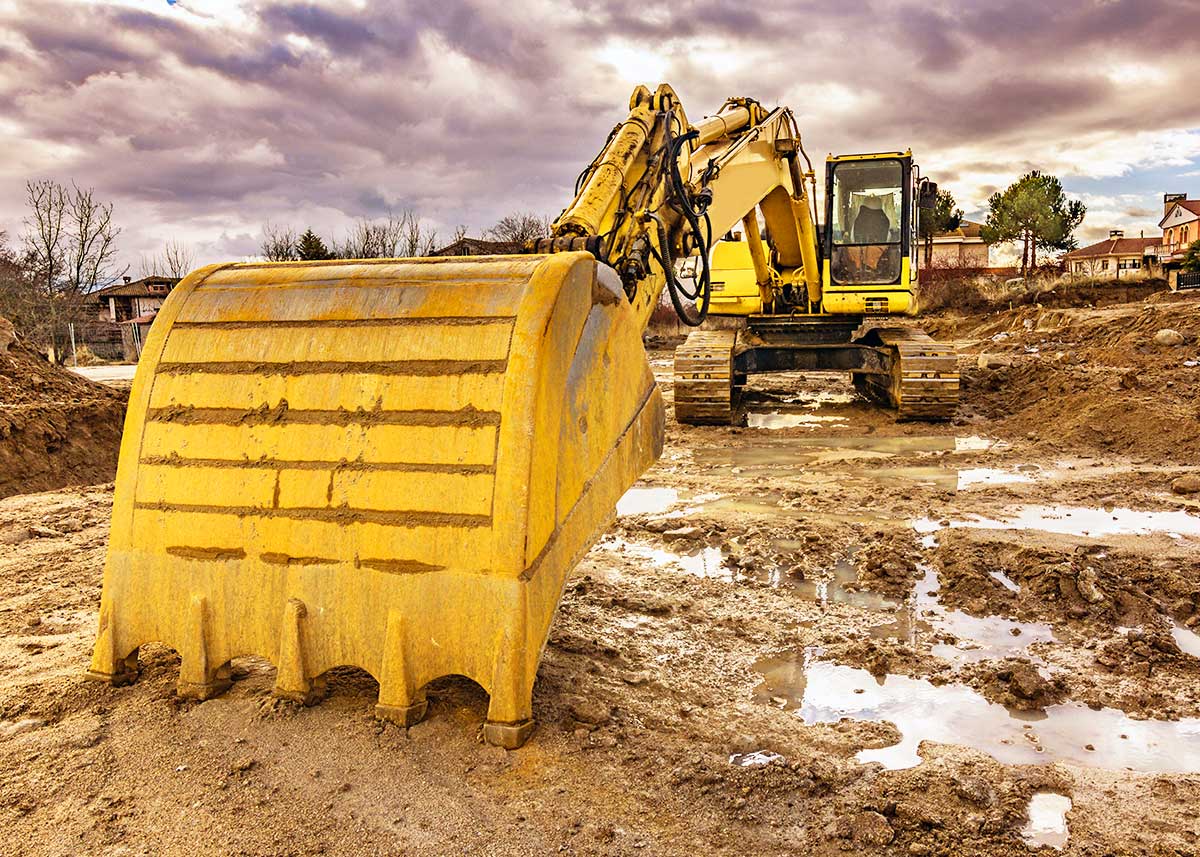
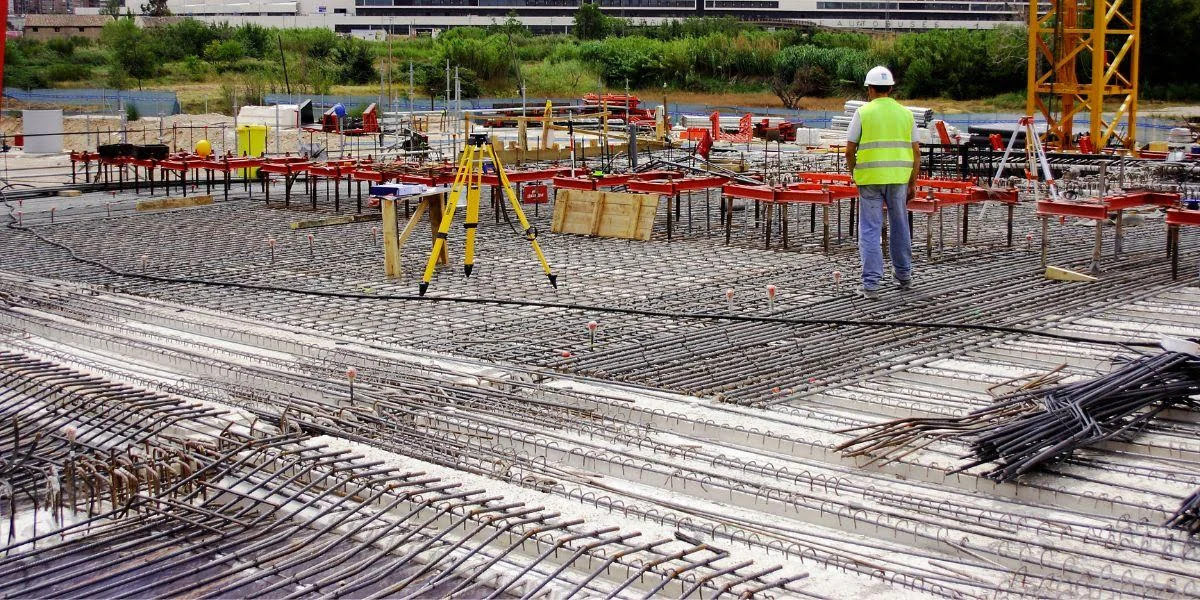

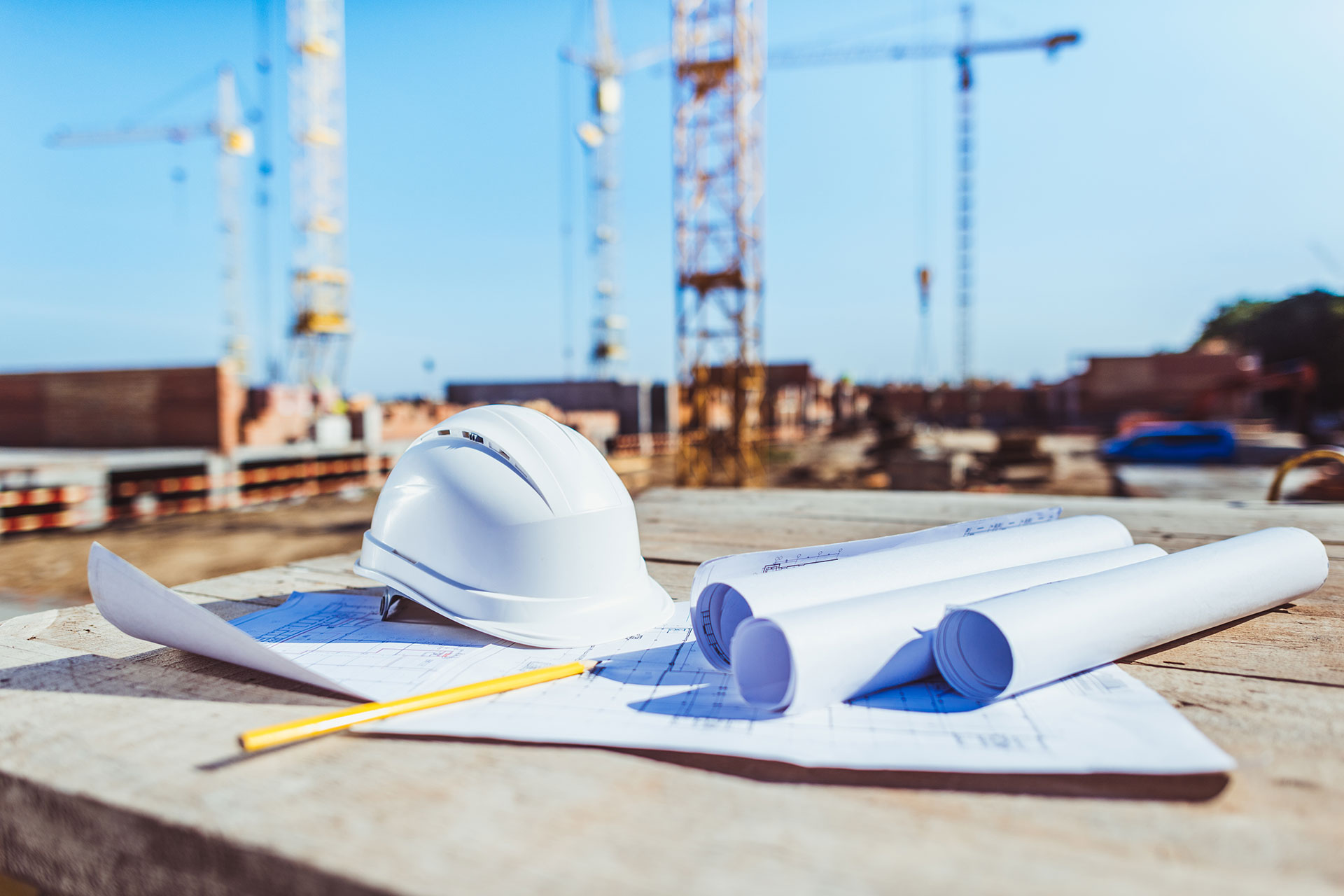


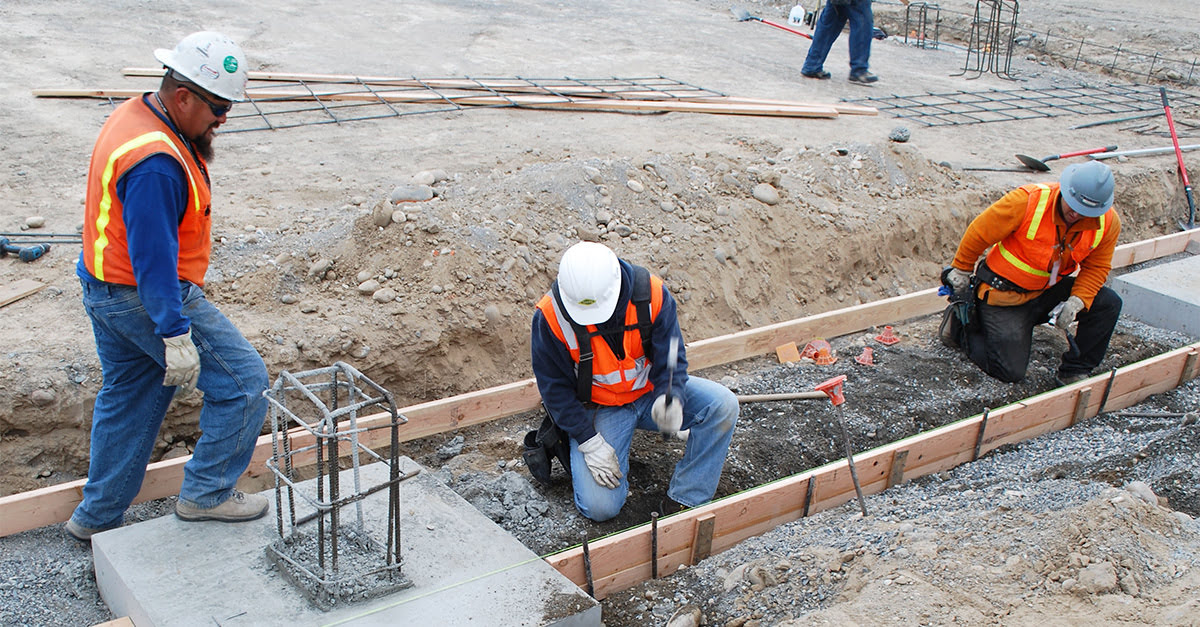
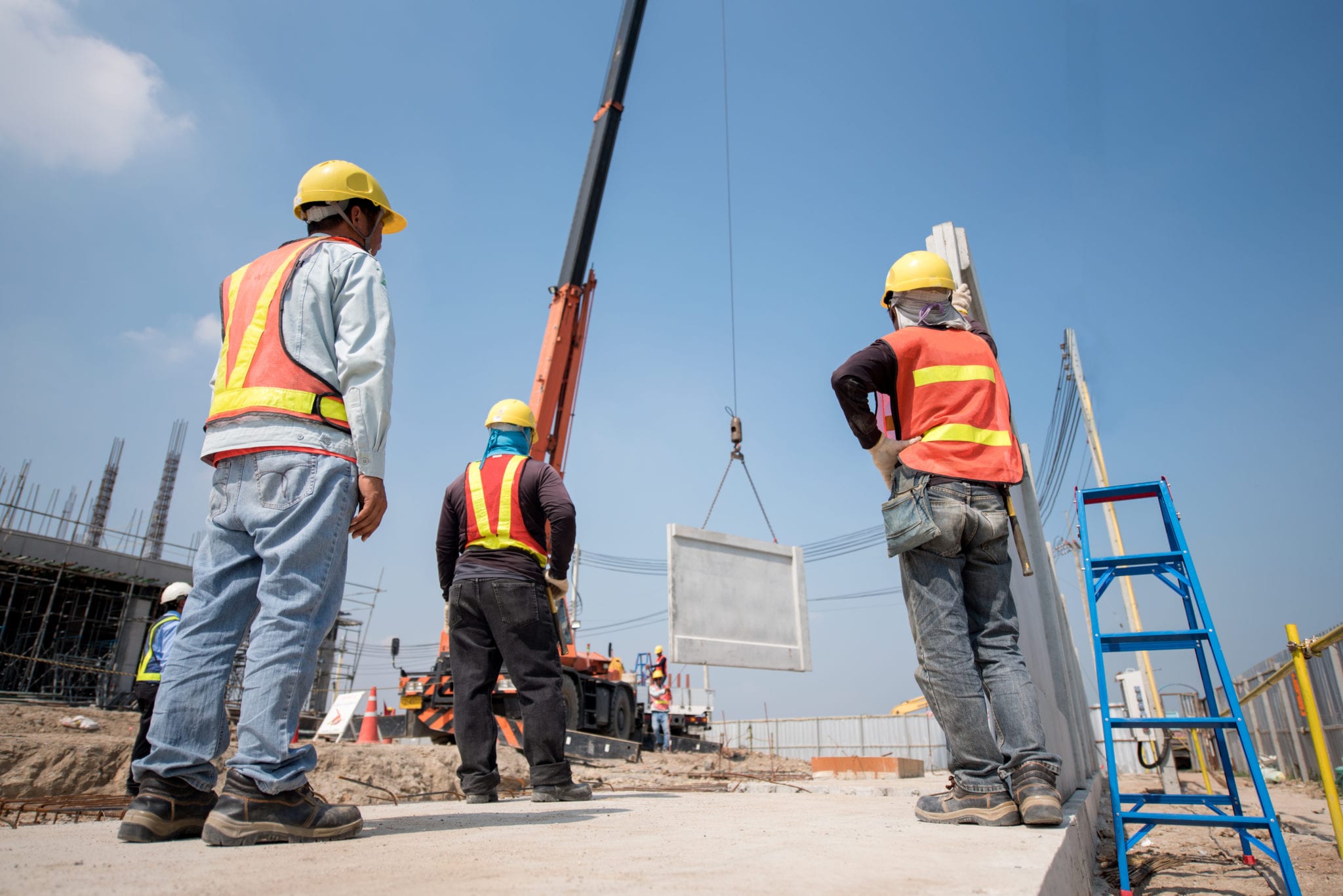





0 thoughts on “What Are MEP Works In Construction”